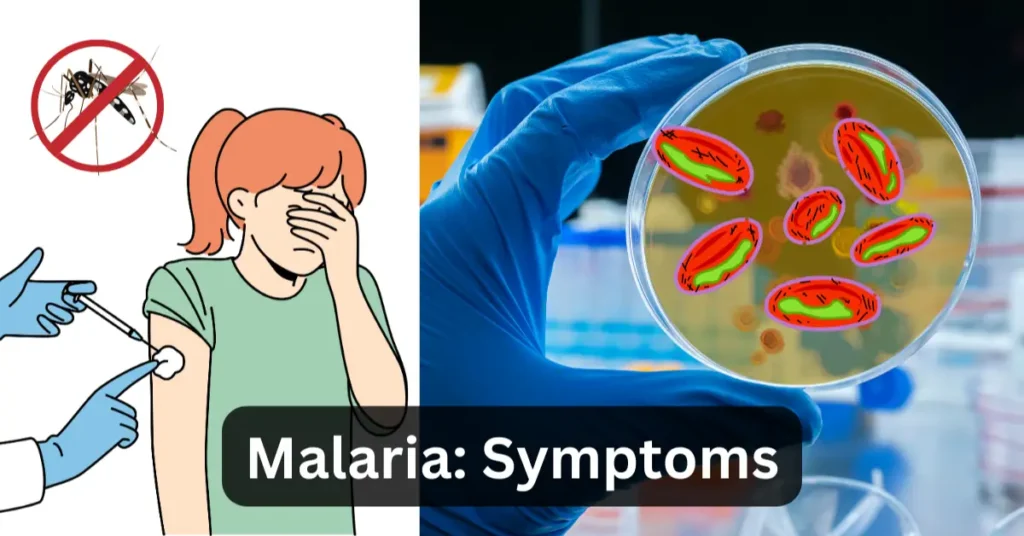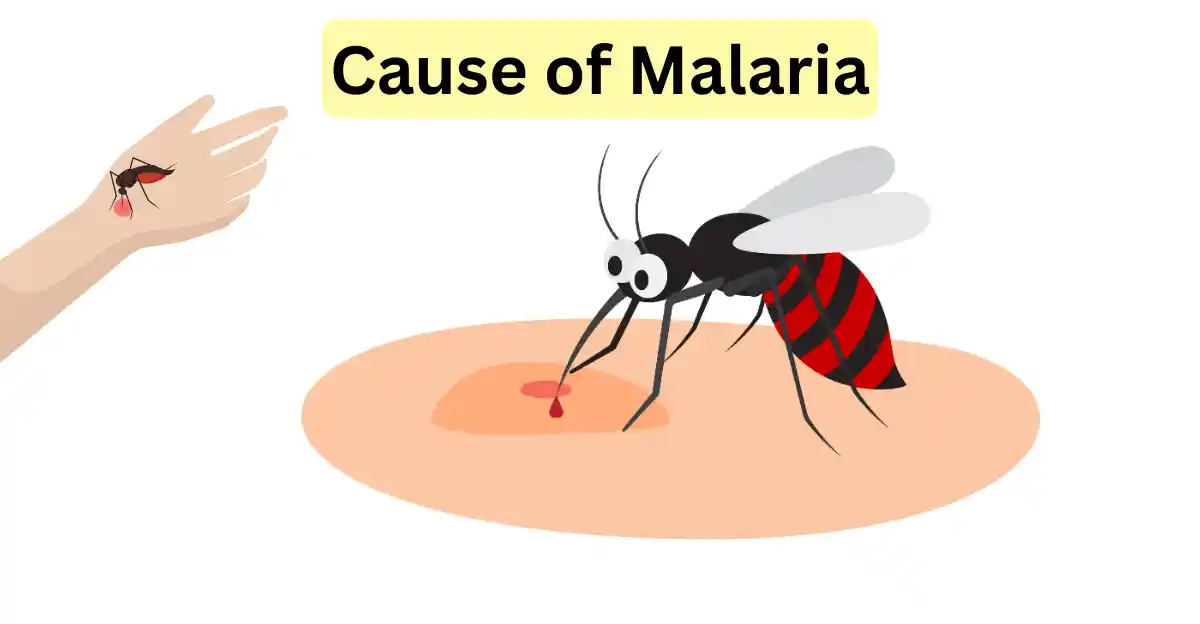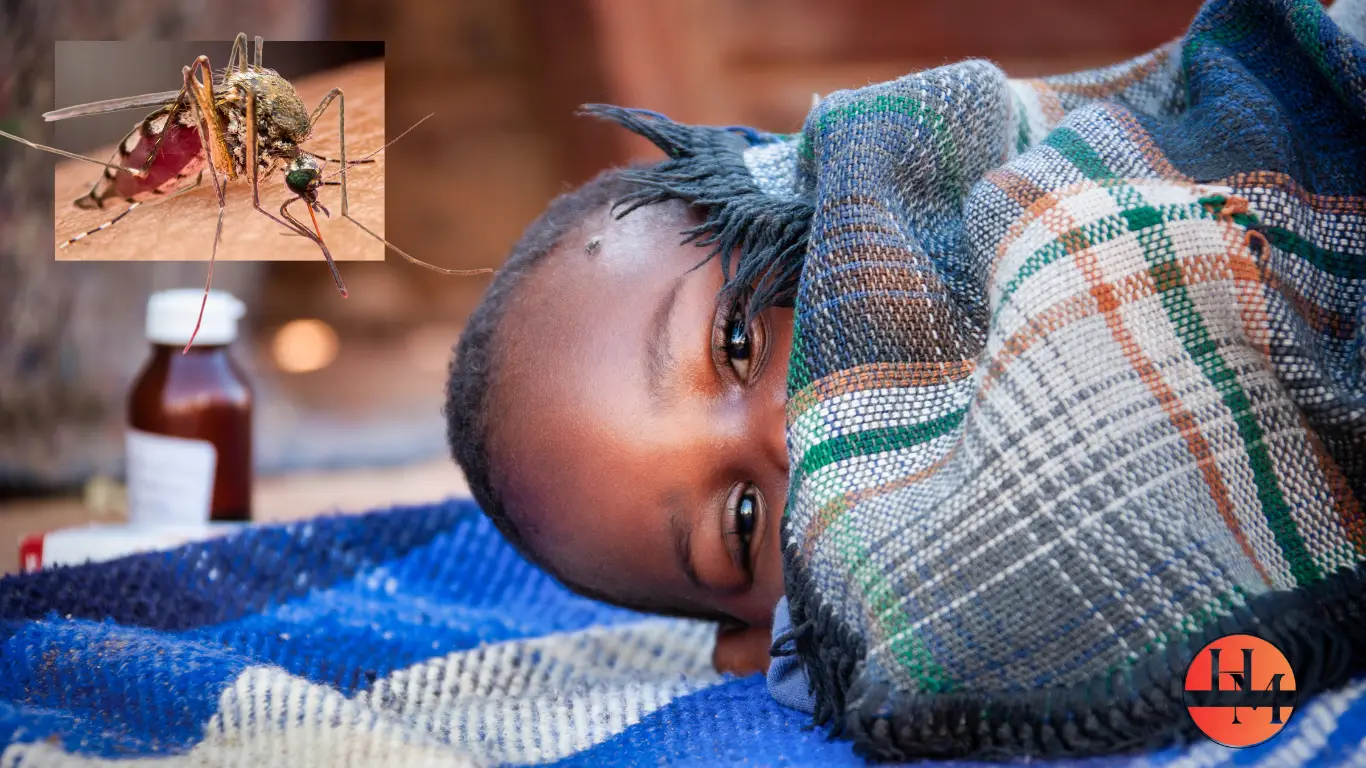The Malaria
Malaria is a life-threatening disease caused by Plasmodium (parasite) that spreads to people through the bite of an infected female Anopheles mosquito, often during the rainy season. It’s a major public health challenge in many parts of the world, particularly in tropical and subtropical regions. Understanding malaria, from its symptoms and causes to its treatment and prevention, is crucial for managing and reducing its impact.
Key Points on the Global Malaria Burden
- Malaria remains a significant global health issue.
- Hundreds of thousands of people die from malaria annually.
- In 2022, there were approximately 249 million malaria cases worldwide.
- The majority of malaria cases occur in the WHO African Region.
- The African Region accounts for 94% of global malaria cases and 95% of malaria deaths.
- Children under five are particularly vulnerable to malaria, with 80% of deaths occurring in this age group in the African Region.
- Effective prevention, treatment, and control measures are urgently needed to combat malaria.
Malaria Symptoms
Early Symptoms of Malaria
Malaria often begins with symptoms similar to those of the flu. Early signs can include fever, chills, headache, muscle aches, and fatigue. These symptoms usually appear 10-15 days (the Incubation period) after a female infectious mosquito bite.
- High fever
- Chills and sweating
- Headache
- Muscle and joint pain
- Fatigue and weakness
- Nausea and vomiting
- Diarrhea
- Abdominal pain
- Anemia
- Rapid breathing
- Rapid heart rate
Incubation Period:
The period between the bite (infection) and the appearing symptoms, called Incubation Period, varies in different species.
The incubation periods according to species of mosquitos:
| Species | Incubation Period |
|---|---|
| Plasmodium falciparum | 9 to 14 days (can be as early as 7 days) |
| Plasmodium vivax | 10 to 17 days (can be delayed for weeks/months) |
| Plasmodium ovale | 10 to 17 days (can be delayed due to dormant stages) |
| Plasmodium malariae | 18 to 40 days |
| Plasmodium knowlesi | 5 to 14 days |

The typical symptoms associated with malaria caused by bites from mosquitoes carrying the Plasmodium species P. falciparum, P. vivax, P. malariae, and P. ovale:
| Symptom | P. falciparum | P. vivax | P. malariae | P. ovale |
|---|---|---|---|---|
| Fever | High, can be continuous or remittent | Usually every 48 hours (tertian fever) | Every 72 hours (quartan fever) | Every 48 hours (tertian fever) |
| Chills | Severe, often with shaking | Often, with rigors | Mild to moderate | Often, with rigors |
| Sweating | Profuse after fever subsides | Profuse after fever subsides | Moderate to profuse after fever subsides | Profuse after fever subsides |
| Headache | Common, can be severe | Common, can be severe | Common, moderate | Common, moderate |
| Nausea and Vomiting | Common | Common | Less common | Common |
| Muscle Pain | Common | Common | Common | Common |
| Fatigue | Severe, often debilitating | Common, can be severe | Common, moderate | Common, moderate |
| Abdominal Pain | Common | Common | Less common | Less common |
| Diarrhea | Common | Sometimes | Less common | Less common |
| Anemia | Severe, rapid onset | Moderate, slower onset | Mild to moderate | Mild to moderate |
| Jaundice | Sometimes | Rare | Rare | Rare |
| Splenomegaly (Enlarged Spleen) | Common | Common | Common | Common |
| Hepatomegaly (Enlarged Liver) | Sometimes | Sometimes | Sometimes | Sometimes |
| Cerebral Malaria | Possible, can be severe and life-threatening | Rare | Very rare | Very rare |
| Relapses | No | Yes, can occur weeks to years after initial infection | No | Yes, can occur weeks to years after initial infection |
Please note that symptoms can vary in severity and may overlap, making it crucial to seek medical attention for a proper diagnosis and treatment plan if malaria is suspected.
Severe Symptoms and Complications
If not treated in time, malaria can turn into a serious illness. Complications can include severe anemia, breathing problems, cerebral malaria, and organ failure. Immediate proper medical attention is necessary in severe cases.
How Symptoms Vary by Age and Health Status
- Children, pregnant women, and individuals with compromised immune systems are particularly vulnerable to severe malaria.
- Symptoms in these groups can escalate quickly, making early diagnosis and treatment critical.
What Causes Malaria?
The Malaria Parasite
Malaria is caused by the Plasmodium parasite. There are five known species of Plasmodium that can infect humans.
- P. falciparum
- P. vivax
- P. malariae
- P. ovale
Of these four, P. falciparum is the most deadly.
Malaria Transmission Cycle | Vector Cycle of Malaria
The transmission cycle involves an infected Anopheles mosquito biting a human, transmitting the parasite. The parasites then travel to the liver, where they mature and enter the bloodstream, infecting red blood cells.
1-Infected Mosquito Bite
- An infected female Anopheles mosquito bites a human and injects malaria parasites (sporozoites) into the bloodstream.
2-Liver Stage
- Sporozoites travel to the liver and infect liver cells.
- They multiply and mature within liver cells over a period of days to weeks.
3-Blood Stage
- Mature parasites (merozoites) are released from the liver into the bloodstream.
- Merozoites invade red blood cells (RBC) and multiply, causing the cells to burst and release more merozoites.
4-Symptomatic Phase
- The cycle of red blood cell infection, multiplication, and bursting causes malaria symptoms.
- Some parasites develop into sexual forms (gametocytes) within red blood cells.
5-Mosquito Transmission
- A mosquito bites an infected human and ingests gametocytes during the blood meal.
- Gametocytes develop into sporozoites within the mosquito’s gut and salivary glands.
6-Cycle Repeats
- The mosquito, now infected, can transmit malaria to another human through a bite, perpetuating the cycle.
The Vector: Anopheles Mosquito’s Role
The Anopheles mosquito is the primary vector for malaria. Only female mosquitoes feed on blood, which they need to develop their eggs, making them the culprits for transmitting the disease.
- The Anopheles mosquito, an unsuspecting vector, plays a pivotal role in malaria’s transmission.
- This nocturnal feeder, with its preference for human blood, becomes a vector of despair when it harbors the Plasmodium parasite.
- Control measures focus on reducing mosquito populations and preventing bites through insecticide-treated nets, indoor residual spraying, and environmental management.

Incubation Period:
The incubation period is the time from the initial infection (mosquito bite) to the appearance of symptoms. This period can vary depending on several factors, including the individual’s immune response and the specific strain of the parasite.
| Plasmodium Species | Incubation Period |
|---|---|
| P. falciparum | 7 to 14 days |
| P. vivax | 12 to 17 days (can be as long as 12 months) |
| P. malariae | 18 to 40 days (can be several months to years) |
| P. ovale | 12 to 20 days (can be as long as several months) |
Malaria Parasite
Types of Malaria Parasites
Each Plasmodium species has unique characteristics. P. falciparum causes the most severe infections and is the most prevalent in Africa. P. vivax and P. ovale can cause relapsing malaria due to dormant liver stages.
Life Cycle of the Malaria Parasite
The life cycle of the malaria parasite is complex, involving multiple stages in both the mosquito and human host. Understanding this cycle is key to developing effective treatments and vaccines.
Malaria Mosquito
Characteristics of the Anopheles Mosquito
Anopheles mosquitoes have distinct physical characteristics, including long palps and spotted wings. They are most active during dawn and dusk.
Distribution of Malaria Mosquitoes
These mosquitoes are found worldwide but are most common in tropical and subtropical regions. Their presence is influenced by factors like climate, altitude, and availability of breeding sites.
Mosquito Behavior and Feeding Patterns
Anopheles mosquitoes prefer to breed in clean, fresh water and tend to bite humans indoors at night. Understanding their behavior helps in developing effective control measures.
Is Malaria Contagious?
Modes of Transmission
Malaria is not spread person-to-person like a cold or the flu. It requires a specific mode of transmission involving a mosquito vector.
Why Malaria is Not Spread Person-to-Person
The malaria parasite needs to develop within the mosquito before it can be transmitted to humans. This biological requirement makes direct human-to-human transmission impossible.
Malaria in the USA
Historical Presence of Malaria in the USA
Malaria was once widespread in the United States, particularly in the southern states. However, intensive public health efforts eradicated local transmission by the mid-20th century.
Current Status and Statistics
Today, malaria cases in the USA are primarily imported by travelers returning from malaria-endemic regions. Local transmission is rare but not impossible.
Case Study: Malaria in Sarasota
Sarasota, Florida, reported a rare local transmission case in recent years, highlighting the ongoing need for vigilance even in non-endemic areas.
Malaria Vaccine
Development of Malaria Vaccines
Developing a malaria vaccine has been challenging due to the complexity of the parasite. However, recent advancements have led to the development of vaccines like RTS,S/AS01 (Mosquirix).
Efficacy and Availability
The RTS,S/AS01 vaccine has shown moderate efficacy and is now being rolled out in pilot programs in several African countries. Continued research aims to improve its effectiveness and accessibility.
Future Prospects for Malaria Vaccination
Future vaccines aim to provide broader and longer-lasting protection, with several candidates currently in clinical trials.
Malaria Treatment
Standard Treatment Protocols
Treatment typically involves antimalarial medications such as chloroquine, artemisinin-based combination therapies (ACTs), and other drugs depending on the specific Plasmodium species and region.
Drug Resistance Issues
Drug resistance, particularly to chloroquine and sulfadoxine-pyrimethamine, poses a significant challenge. Monitoring resistance patterns and developing new treatments are critical.
Innovations in Malaria Treatment
Research is ongoing to develop new antimalarial drugs and therapies, including combination treatments and novel drug delivery systems.
Malaria Prophylaxis
Preventative Medications
For travelers to malaria-endemic areas, prophylactic medications like doxycycline, mefloquine, and atovaquone-proguanil are recommended to prevent infection.
Non-Medical Prevention Strategies
Using insect repellent, sleeping under insecticide-treated bed nets, and wearing protective clothing are essential strategies to avoid mosquito bites.
Travel Advice for Malaria-Endemic Areas
Travelers should consult healthcare providers for personalized advice on malaria prevention, including vaccinations, medications, and safety practices.
Preventing Malaria: Public Health Measures
Vector Control Strategies
Vector control measures, such as indoor residual spraying and larval control, are vital for reducing mosquito populations and transmission rates.
Community Health Initiatives
Community-based programs that educate and empower local populations play a crucial role in malaria prevention and control.
International Efforts and Collaborations
Global initiatives, such as the Roll Back Malaria Partnership, coordinate international efforts to combat malaria through funding, research, and policy development.
Living with Malaria
Managing Chronic Symptoms
Chronic malaria can cause ongoing health issues. Managing symptoms with medical support and lifestyle adjustments is important for affected individuals.
Support Systems and Resources
Access to healthcare, community support groups, and educational resources help individuals and families cope with the impact of malaria.
Stories of Malaria Survivors
Personal stories from malaria survivors highlight the resilience and strength of those affected, offering hope and inspiration to others.
Conclusion
Malaria remains a significant global health challenge, but progress is being made in treatment, prevention, and vaccination efforts. Understanding the disease, its symptoms, causes, and prevention strategies is crucial for managing and ultimately eradicating malaria. Continued research, public health initiatives, and international collaboration are essential to combat this disease.
FAQs
What are the most common symptoms of malaria?
The most common symptoms include fever, chills, headache, muscle aches, and fatigue. Severe cases can lead to anemia, respiratory distress, and organ failure.
How is malaria diagnosed?
Malaria is diagnosed through blood tests that detect the presence of Plasmodium parasites. Rapid diagnostic tests and microscopy are commonly used methods.
Can malaria be cured completely?
Yes, with prompt and appropriate treatment, malaria can be cured completely. However, relapses can occur with certain species like P. vivax and P. ovale.
What should travelers know about malaria?
Travelers to malaria-endemic areas should take prophylactic medications, use insect repellent, sleep under treated bed nets, and consult healthcare providers for personalized advice.
Are there any new developments in malaria prevention?
Yes, new developments include the RTS,S/AS01 vaccine, novel drug therapies, and innovative vector control strategies. Ongoing research aims to improve prevention and treatment methods.


I am extremely inspired along with your writing abilities as well as with the structure in your weblog. Is this a paid subject matter or did you customize it yourself? Either way keep up the nice high quality writing, it’s rare to look a nice weblog like this one nowadays!